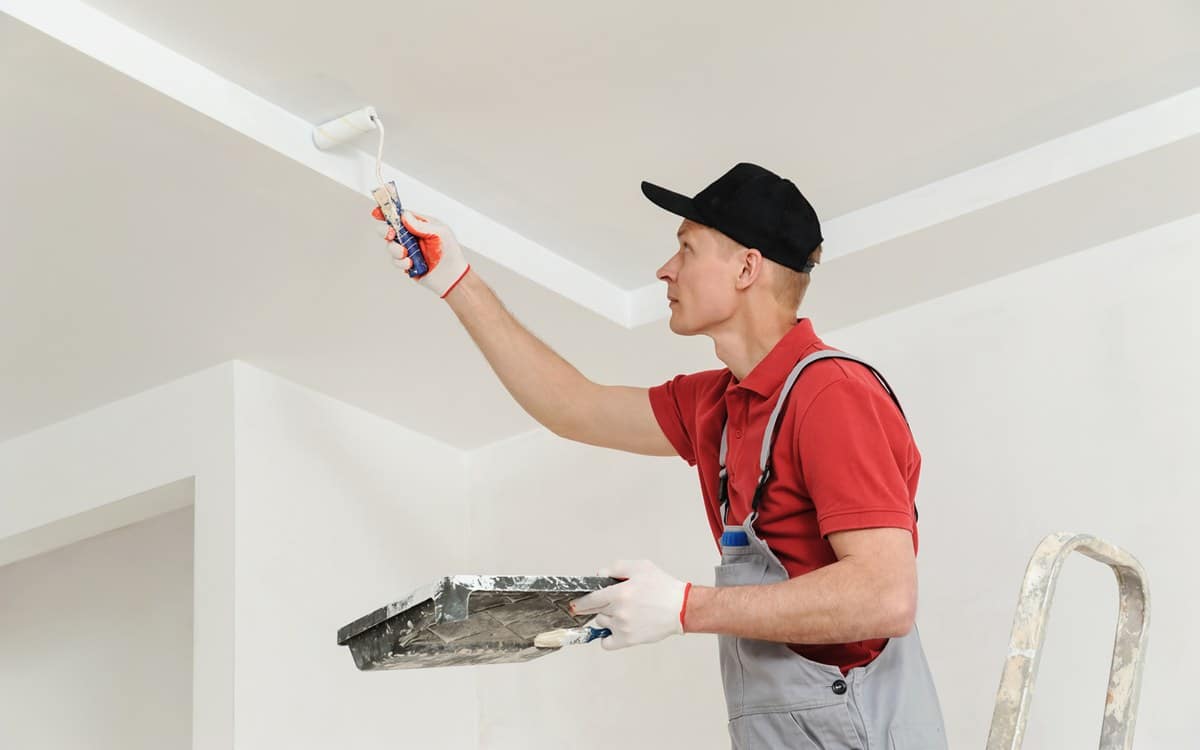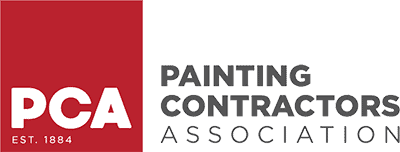Starting a house painting project can be exciting, but it can also get expensive if you’re not careful. That’s why it’s important to know some practical tips for saving paint right from the beginning. Paint waste isn’t just bad for your wallet; it’s also tough on the environment. Luckily, with a little planning and the right techniques, you can make sure your painting project stays on budget and eco-friendly.
Key Takeaways:
- Measure your walls carefully to buy the right amount of paint.
- Prep surfaces properly to reduce paint absorption.
- Use high-quality brushes and rollers.
- Store leftover paint correctly to extend its life.
- Find creative ways to use up every last drop.

Why Homeowners Waste So Much Paint
Many homeowners waste paint simply because they don’t plan properly. They either buy too much, don’t prep their surfaces right, or store leftover paint incorrectly. It’s easy to think “better safe than sorry,” but without a clear strategy, that “extra” paint can become costly clutter.
Key Reasons Paint Gets Wasted:
- Overestimating how much paint is needed: Buying too much paint usually happens when you guess instead of measuring. This not only wastes money but leaves you with cans of paint you might never use.
- Poor surface preparation: Skipping steps like cleaning, sanding, or priming your walls causes uneven absorption. You’ll end up using much more paint than necessary to get a smooth finish.
- Using the wrong type of tools: Low-quality brushes and rollers absorb too much paint or spread it unevenly, causing you to use more than you actually need.
- Not sealing paint cans properly: If you don’t tightly seal paint cans after use, the paint can dry out or spoil, making it unusable even for touch-ups.
- Storing paint in extreme temperatures: Leaving paint cans in hot garages or freezing sheds can ruin the paint’s consistency and color, forcing you to buy new paint for future projects.
How You Can Save Paint and Money
The good news? Avoiding waste is easier than you might think. Follow these steps to make your house painting project both beautiful and budget-friendly.
1. Measure Carefully Before You Buy
Before you even step foot in a hardware store, measure your walls carefully and accurately. Most paint cans will tell you how many square feet they cover, but accurate measurements on your end make all the difference in avoiding waste.
Follow these steps to measure like a pro:
- Measure the height and width of each wall: Multiply height by width to get the square footage of each wall.
- Add up the total square footage: Include all walls you plan to paint, and don’t forget smaller areas like hallways.
- Account for doors and windows: Subtract the square footage of doors and windows from your total to avoid overestimating.
- Check the coverage information on paint cans: Most paints cover around 350 to 400 square feet per gallon.
- Ask a professional for help: If you’re unsure, consult a paint expert at your local store or use an online calculator for better accuracy.
Buying the right amount of paint means fewer leftovers, more savings, and a smarter start to your house painting project!
2. Prep Your Walls Properly
Dirty, rough, or cracked walls soak up more paint than smooth, clean ones, leading to unnecessary waste and uneven results. Proper wall preparation is key to making your paint job efficient and long-lasting.
Here are a few simple steps to prep your walls like a pro:
- Clean the walls thoroughly: Remove dust, dirt, grease, and cobwebs with a damp cloth or mild soap solution. A clean surface helps paint adhere better.
- Repair cracks and holes: Fill any dents, cracks, or holes with spackling paste or filler. Sand the area smooth once it dries for an even finish.
- Sand rough surfaces: Lightly sand glossy or uneven areas to create a surface that the new paint can grip onto.
- Prime if needed: If you’re painting over a darker color, stains, or a rough surface, use a primer first. It helps achieve a uniform look with fewer coats of paint.
By taking the time to clean, repair, and prime your walls, you’ll use less paint, save money, and get a beautifully smooth, professional-looking finish.
3. Invest in Quality Tools
Cheap brushes and rollers might seem like a good deal at first, but they often end up wasting more paint and causing frustration. Investing in quality tools can make a huge difference in your results and in how much paint you actually use.
Here’s why quality tools matter:
- Better paint absorption and release: High-end brushes and rollers hold more paint and release it evenly, helping you cover more area with less effort.
- Smoother application: Quality tools create a more even coat, which means fewer touch-ups and fewer wasted layers of paint.
- Less shedding: Cheap rollers and brushes often shed fibers into your paint, ruining the finish and forcing you to redo areas.
- Longer lifespan: A good set of brushes and rollers can be cleaned and reused multiple times, saving you money in the long run.
Choosing the right tools is an easy step that leads to better results, less waste, and a more professional-looking finish.
4. Apply Paint Efficiently
Using the right painting techniques can help you get the most out of every gallon, ensuring beautiful results without unnecessary waste.
Here are smart techniques for efficient paint application:
- Work with smooth, even strokes: Apply paint using long, consistent strokes to create a uniform finish and avoid uneven coverage.
- Maintain a wet edge: Always work quickly enough so that newly applied paint overlaps slightly with still-wet paint. This prevents lap marks and streaks that would otherwise require extra coats.
- Load your brush or roller properly: Don’t overload with paint, but make sure there is enough to spread a thin, even coat.
- Paint in small sections: Focus on manageable areas to keep your paint edges wet and your finish consistent.
- Avoid going back over drying paint: Brushing or rolling over paint that has started to dry can cause streaks and uneven textures.
Efficient application reduces the need for touch-ups, saves paint, and leaves you with a polished, professional-looking result.

5. Store Leftover Paint Properly
If you have paint left over, don’t just shove the can in the garage. Make sure the lid is sealed tightly, store it in a cool, dry place, and label it with the date and room it was used for. Proper storage can extend the life of your paint for years!
6. Use Leftover Paint Creatively
Don’t let half-empty cans gather dust. Use leftover paint for touch-ups, accent walls, small furniture projects, or even art! Get creative and make the most of what you have.
7. Recycle or Donate Unused Paint
If you truly can’t use the leftover paint, many communities have recycling programs. Some nonprofits also accept paint donations for community projects.
Final Thoughts: Start Smart, Finish Strong
You don’t have to spend a fortune or waste materials to get the look you want. By following these tips for saving paint, you can feel confident and proud of your house painting project without the guilt of overspending or wasting resources.
Let Queen City Painting and Decorating help you create a space you’ll love coming home to! Our team makes painting projects simple, stress-free, and stunning. Call us today at 513-643-5050 for a free estimate.



